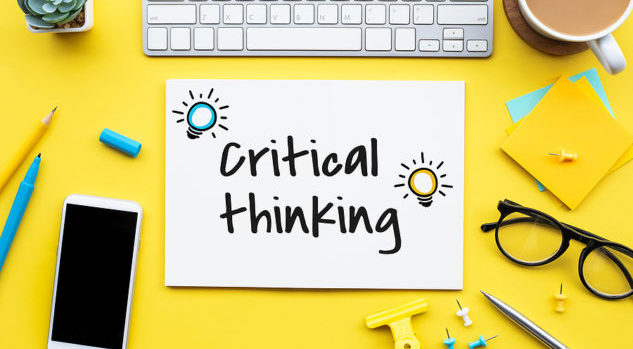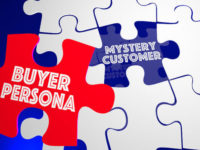The Japanese concept of Ikigai, “reason for being,” offers a useful framework for thinking about your “why”. Ikigai’s premise is that life-balance is found at the intersection where your passions and talents converge with the things that the world needs and is willing to pay for. With introspection, most people can identify their passions and talents; however, the “what the world need’s and ‘what the world is willing to pay for” has shifted forever.
Critical thinking
While many types of thinking have been identified, one of the most useful when considering “what the world need’s now” and “what the world is willing to pay for now,” is critical thinking. In small business means, this means uncovering the real question you are trying to answer by doing research, applying logical assumptions, considering the implications and consequences of those assumptions and finally, exploring other points of view.
A first tool to kick-start your research is a Strengths, Weaknesses, Opportunities, Threats (SWOT) analysis of your business. The aim is to list as many “SWOTs” from different perspectives as possible and then systematically undertake specific activities (on deadlines), to overcome, reduce, minimise or eliminate the Weaknesses and Threats.
A second tool, PESTTG Analysis (Political, Economic, Socio-Cultural, Technology, Trends, Globalisation), is used to analyse the events and trends of six external forces that commonly affect a business’s operations and performance.
The impact of events and trends
Political takes into consideration any Government policies or laws such as tax legislation, consumer protection, employment regulations or election outcomes which could have an impact on your business.
Economic issues such as unemployment, recession, interest rates and changing job conditions impact public spending practices and your business’s purchasing power.
Socio-Cultural issues such as major events, consumer attitudes, opinions, buying patterns, media views and lifestyle trends impact your consumer groups’ beliefs, behaviours and attitudes to your brand.
Technological advancements improve efficiency of a business, but they can also hurt it. Have you assessed the fast-moving new technologies affecting how your business delivers and communicates with your consumers?
Trends take into consideration what a large portion of society doing and seeking generally. How is your business affected by increasing affluence, improved quality of life, the wellness, sustainability, social impact, food and environmental awareness movements?
Globalisation has affected the demographic and psychographic makeup of communities. How have immigration patterns changed the ethnic mix, tastes, affluence and attitudes of your prospects and customers?
Is your business proactive or reactive to these forces?
Undertaking this type of examination will no doubt reveal some issues in your business. How do you know you are dealing with the underlying causes of an issue rather than the symptoms? The ‘5 Whys’ model helps you ‘cut to the chase’ fast. Start with a statement of the issue and then keep asking “Why?” until you’ve uncovered the root cause.
When considering innovations you might deploy to mitigate disruption, the Innovation Matrix is a simple four-option analysis tool that considers: Consolidation, Market, Experience or Transformational Innovation.
Consolidation is when you continue to offer your existing product or service to your existing markets. If you choose this option you must invest in reviving demand for your product or service.
Market innovation
Market Innovation treats disruption as an opportunity to launch your product or service to a new market and Experience Innovation treats it as opportunity to develop a new product or service for your existing market.
Transformational Innovation treats the disruption as an opportunity to develop a new product or service for a new market. While this option has the highest risk, it also has the power to deliver the greatest success.
Viktoria Darabi, Founder, Savvy and Successful and Business Connect Advisor, Western Sydney Business Centre
















